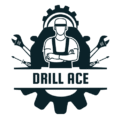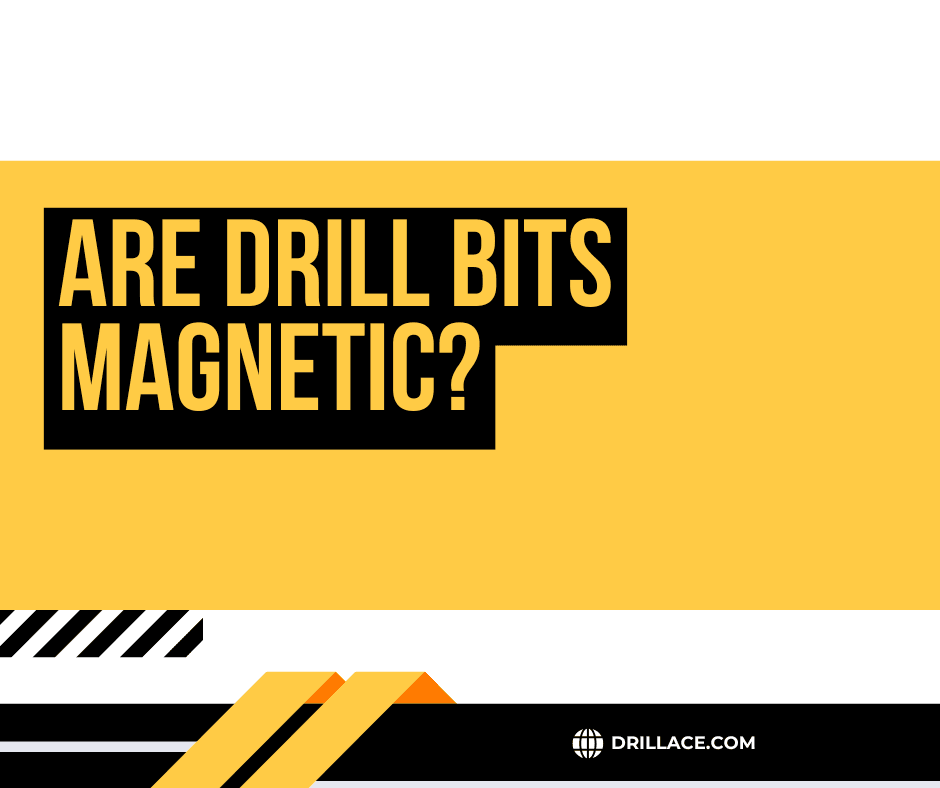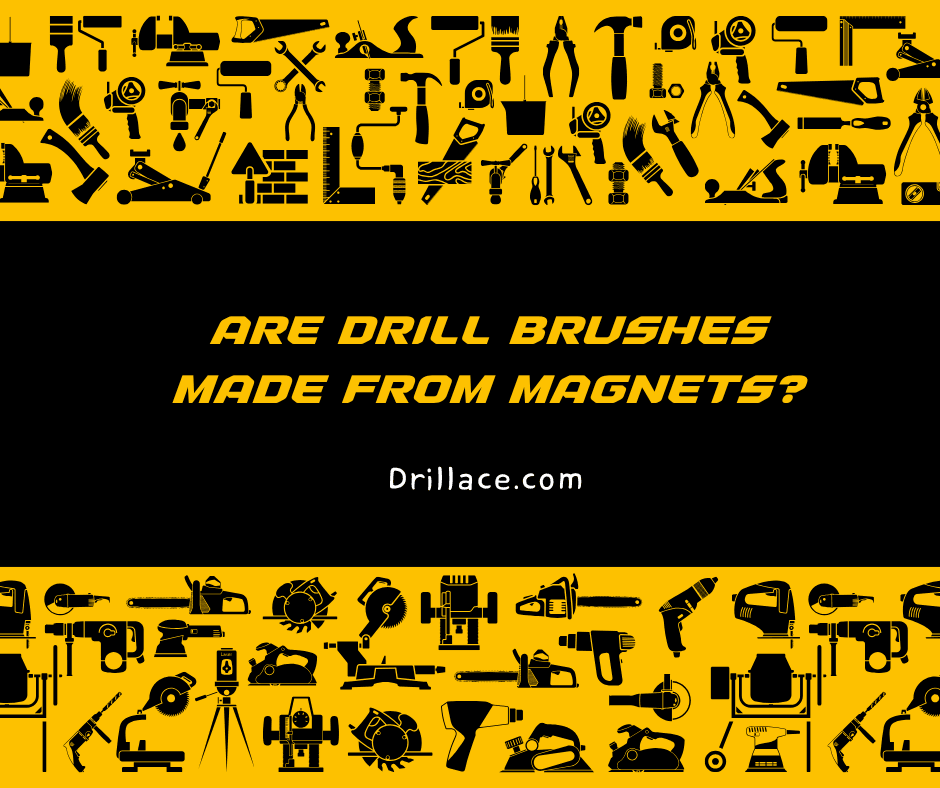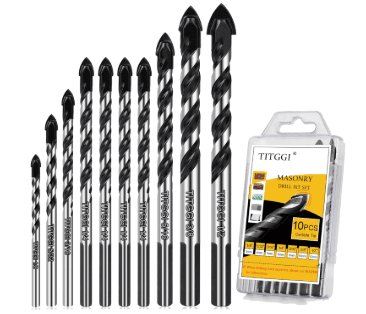Short Answer: The best hammer drills for concrete are powerful, durable tools designed to deliver strong impact energy and consistent drilling performance in hard materials. They combine high speed rotation with hammering action to help you drill holes in tough concrete surfaces more easily and more efficiently.
Working with concrete requires a tool designed specifically to handle dense materials. Regular drills struggle with concrete because they lack both the impact force and power needed to break through the surface. A hammer drill solves this problem by combining rotation with rapid hammering pulses that chip away at the concrete as the bit moves forward. This action allows you to work more quickly and with better control while reducing strain on both the tool and the user.
Concrete drilling is essential in many tasks involving home improvement, construction, remodeling, and electrical or plumbing installations. Whether you are mounting shelves, anchoring bolts, or installing conduit, you need a hammer drill that can withstand the resistance of concrete without overheating or losing power. For this reason, choosing the right tool becomes extremely important.
This guide covers everything you need to know when selecting the best hammer drills for concrete. By the end, you will understand essential features, pros and cons, buying considerations, safety notes, and frequently asked questions. The goal is to help you make an informed decision that matches your experience level and project requirements.
Quick Picks: The Best Hammer Drills at a Glance
| Product | Name | Best For | Power | Price & Link |
|---|---|---|---|---|
 |
DEWALT DWD520 | Overall Performance | 10 Amp (Corded) | Check Price |
 |
Makita XPH14Z 18V | Cordless Power | 18V Brushless | Check Price |
 |
Milwaukee M18 FUEL 2804-20 | Professional Trades | 18V Brushless | Check Price |
 |
SKIL HD182001 | Budget DIY | 7.5 Amp (Corded) | Check Price |
Understanding Hammer Drills and How They Work
Hammer drills are designed to deliver impact energy as the bit rotates. Inside the tool, two metal ridges press against each other and create a hammering effect that transfers force through the chuck and into the bit. This action allows the tool to break up dense surfaces and push the bit forward more effectively than a standard drill.
The hammering action does not replace the need for a strong motor. Concrete drilling requires high torque and consistent rotation speed to prevent stalling. Because concrete varies in density, the tool must compensate when the bit encounters tougher spots. A weak motor causes interruptions, overheating, and reduced lifespan.
Modern hammer drills often include modes that allow you to switch between drilling only, hammer drilling, or driving screws. This versatility makes the tool useful beyond concrete work. Many people appreciate the ability to use a hammer drill for multiple tasks even though concrete drilling remains its primary challenge.
Corded and cordless hammer drills both offer advantages. Corded models provide continuous power and are excellent for demanding tasks or long drilling sessions. Cordless models offer freedom of movement and have become much more powerful thanks to advances in battery technology. Choosing between the two depends on your working environment, expected workload, and personal preference.
What Makes a Hammer Drill Ideal for Concrete
Choosing the best hammer drill for concrete begins with understanding the features that matter most. Concrete is extremely dense, so the tool must meet certain performance standards to deliver consistent results.
One of the most important factors is impact energy. This measurement describes how much force the drill delivers with each hammering motion. Higher impact energy allows the bit to break through concrete more easily and reduces the time needed to complete each hole. Tools designed for professional use usually offer stronger impact energy than basic home models.
Speed is also important. Hammer drills often use two speed settings that allow you to control how much rotation is applied. When drilling concrete, lower speeds help maintain torque, while higher speeds are used for softer materials. Variable speed triggers give you further control, making it easier to start clean holes without slipping.
Chuck quality also matters. A durable all metal chuck provides better grip, prevents bit slippage, and handles the vibration created during concrete drilling. Concrete bits need a strong hold to prevent wobbling and maintain precision.
Comfort also plays a major role. Concrete drilling requires physical effort, so a well balanced hammer drill with ergonomic handles reduces fatigue. Many models include side handles for greater control, especially when working with large holes or long drilling sessions.
Battery life and efficiency matter if you choose a cordless model. Concrete drilling drains power faster than drilling in wood or metal, so a hammer drill with high capacity batteries and efficient motors delivers better performance.
Durability is another essential factor. Concrete produces vibration and dust, both of which can damage internal components. A strong housing, sealed gears, and high quality switches ensure the tool lasts longer even under frequent heavy use.
Pros and Cons of Using Hammer Drills for Concrete
Hammer drills offer many advantages when working with concrete, yet they come with certain limitations as well. Understanding both sides helps you decide whether a hammer drill is right for your needs or if you should consider a rotary hammer for heavier work.
Pros
Hammer drills provide versatility because they allow you to switch between regular drilling and hammer drilling. This means you can use one tool for multiple tasks. They are easier to handle than larger rotary hammers and are lighter in weight, making them ideal for everyday tasks such as drilling holes for anchors, screws, or light fixtures.
Their compact design makes them suitable for smaller spaces where a full sized rotary hammer may not fit. They also cost less than heavy duty tools while still delivering enough power for most home and light commercial tasks. For users who drill concrete occasionally, a hammer drill offers the perfect balance between power and usability.
Cons
Despite their strength, hammer drills are not ideal for extremely large holes or continuous drilling in reinforced concrete. They provide less impact energy than rotary hammers and may struggle when working with deep holes. Continuous use in heavy concrete can cause overheating or slow progress.
Hammer drills also generate significant vibration. Without proper technique or ergonomic design, this can lead to fatigue during long jobs. Although many models include side handles, they still require physical control and strength.
Tips for Drilling Concrete More Effectively
Drilling into concrete can be challenging, but following the right techniques helps achieve smoother results and reduces stress on the tool.
Start by using the correct bit. Masonry bits are designed with carbide tips that can resist heat and maintain sharpness when cutting into concrete. Dull or worn bits reduce efficiency and cause the drill to overwork.
Begin drilling at a slow speed to create a stable entry point. Once the bit is aligned, increase the speed gradually while maintaining steady pressure. Pushing too hard can cause the bit to bind, while pushing too softly slows progress.
If you are drilling deeper holes, occasionally pull the bit out to clear concrete dust. This helps maintain speed and prevents overheating. For large holes, take short breaks to allow the tool to cool down.
Always secure your work area before drilling. Keep cords or loose items away from the bit, and make sure the surface is free from debris. Concrete dust can irritate eyes and lungs, so proper safety gear is important.
Buying Guide: How to Choose the Best Hammer Drill for Concrete
Selecting the best hammer drill for concrete requires understanding the core features that determine its performance.
The first element to consider is the type of power source. Corded models deliver continuous power and are ideal for long drilling sessions or extremely dense concrete. Cordless models offer mobility and convenience while still providing strong performance thanks to modern battery technology. Choose according to your expected workload and access to power outlets.
Next, consider the tool’s impact energy. Models intended for frequent concrete drilling should offer strong hammer force to penetrate dense material. A powerful motor combined with high impact action ensures efficient drilling without stalling.
Speed control is another essential factor. Variable speed triggers and two speed gearboxes offer flexibility when transitioning between materials. Concrete drilling benefits from controlled, consistent speed, which helps improve accuracy and tool stability.
Comfort and ergonomics matter significantly. A hammer drill designed for concrete should include a sturdy auxiliary handle for balance and control. Soft grip surfaces help reduce vibration transfer and allow for safer handling.
Chuck type is important as well. A metal ratcheting chuck ensures the bit stays secure even during heavy vibration. Avoid models with weak plastic chucks when planning frequent concrete work.
Additionally, consider battery life if you choose a cordless hammer drill. High capacity batteries and efficient brushless motors extend working time and reduce the need for frequent recharging.
Finally, evaluate build durability. Look for models with reinforced housings, sealed gearboxes, and dust protection features designed to withstand harsh conditions. A rugged hammer drill will last longer and perform better under heavy use.
FAQs
What makes a hammer drill better than a regular drill for concrete
A hammer drill combines rotation with hammering action, allowing the bit to chip away at concrete more effectively than a standard drill. Regular drills lack the impact force needed to penetrate dense material.
Can a cordless hammer drill handle concrete
Yes, cordless hammer drills can handle concrete, especially models with strong brushless motors and high capacity batteries. They are suitable for small to medium tasks and provide excellent mobility.
What type of bit should I use for drilling concrete
Masonry bits with carbide tips are designed specifically for drilling into concrete. They resist heat and maintain their sharpness during heavy use.
Should beginners use a hammer drill for concrete
Yes, hammer drills are beginner friendly because they offer controlled drilling with manageable weight. They also include features that help users maintain stability and accuracy.
Can I drill large holes in concrete with a hammer drill
Hammer drills can handle small and medium holes effectively. For very large or deep holes, a rotary hammer is more suitable because it delivers greater impact energy.
Do hammer drills require special maintenance
Hammer drills require basic maintenance such as keeping vents clean, checking chucks for wear, and ensuring bits remain sharp. Proper care extends the lifespan of the tool.
Conclusion
Choosing the best hammer drill for concrete can make a significant difference in the quality and speed of your work. Concrete is one of the toughest materials to drill, so having a tool built for strength, precision, and impact power is essential.
A reliable hammer drill not only increases efficiency but also reduces user fatigue and protects the bit from unnecessary stress. Whether you choose a corded model for continuous power or a cordless model for improved mobility, the ideal tool should offer strong impact energy, comfortable handling, and dependable durability.
By understanding the key features such as speed control, chuck quality, battery performance, and ergonomic design, you can select a hammer drill that matches your project requirements and skill level. With the right tool in hand and proper drilling technique, even beginners can achieve smooth and accurate results in concrete.
A well chosen hammer drill becomes a long term investment that supports a wide range of construction and home improvement tasks, making every project safer, faster, and more enjoyable.




